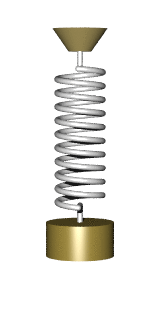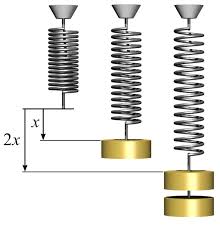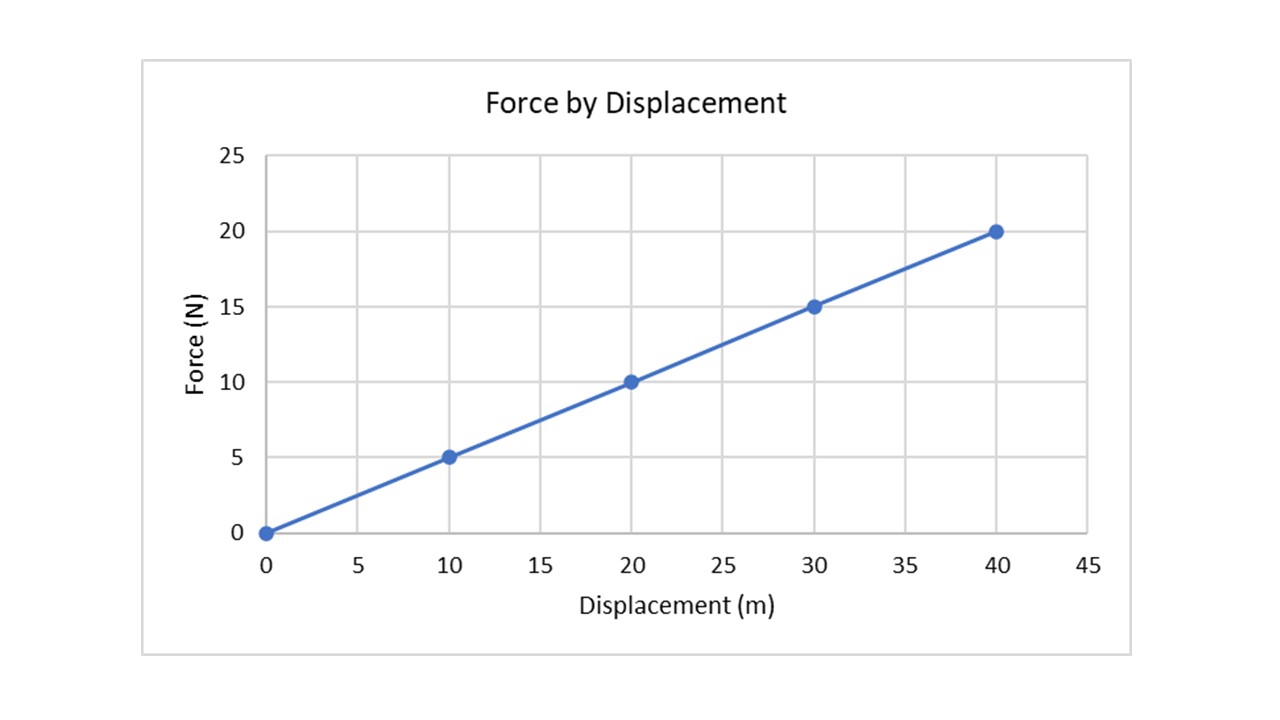Oscillatory Motion



A motion repeating itself is referred to as periodic or oscillatory motion. An object in such motion oscillates about an equilibrium position due to a restoring force or torque. Such force or torque tends to restore (return) the system toward its equilibrium position no matter in which direction the system is displaced. Examples of oscillatory motion include the oscillation of simple pendulum, the oscillation of a child on a swing, the vibrations of a string on a musical instrument, movement of spring, and alternating current.
The simplest mechanical oscillating system is a weight attached to a linear spring subject to only weight and tension. Such a system may be approximated on an air table or ice surface. The system is in an equilibrium state when the spring is static. If the system is displaced from the equilibrium, there is a net restoring force on the mass, tending to bring it back to equilibrium. However, in moving the mass back to the equilibrium position, it has acquired momentum which keeps it moving beyond that position, establishing a new restoring force in the opposite sense. This system where the restoring force on a body is directly proportional to its displacement, and the regular periodic motion is known as simple harmonic motion
In the real-world oscillator systems, there are dissipative processes such as friction or electrical resistance which continually convert some of the energy stored in the oscillator into heat in the environment. This is called damping. As a result, oscillations tend to decay with time.
As a system approaches continuity, examples include a string or the surface of a body of water. Such systems have an infinite number of normal modes and their oscillations occur in the form of waves that can characteristically propagate.
Hooke's law states that 'The deformation of an object is proportional to the force causing the deformation'.

Graphing Hooke's law

The slope represents the spring constant k.
Hooke's Law can therefore be expressed using the formula
Restoring force is the force that attempts to restore a spring back to its equilibrium position when it has been stretched. It obeys Newton's third law, as it is equal and opposite the force that is stretching the spring. Because this force is in the opposite direction, the restoring force can be expressed using the formula
Frequency indicates how often an event occurs. Period is related to how long it takes for each event to occur. Resonant Frequency is the natural frequency of vibration of an object. Forced Frequency is the frequency at which an external force is applied to an oscillating object. Mechanical Resonance is the increase in amplitude of oscillation of a system as a result of a periodic force whose frequency is equal or very close to the resonant frequency of the system.

A pendulum is a weight suspended from a pivot so that it can swing freely. The pendulum clock invented by Christian Huygens in 1658 became the world's standard timekeeper, used in homes and offices for 270 years, and achieved accuracy of about one second per year before it was superseded as a time standard by the quartz clock in the 1930s. Pendulums are also used in scientific instruments such as accelerometers and seismometers. In the small-angle approximation, the motion of a simple pendulum is approximated by simple harmonic motion.
When the pendulum is released, gravity becomes the restoring force. Given the direction of the force of gravity, the acceleration due to gravity is straight down. However, the motion of the pendulum is an arc. A component of gravity acts along this arc to pull the object back toward equilibrium and is the restoring force (FR). (FR)can be expressed in terms of Fg with the following equation: (FR) = Fg(sin θ), where θ represents the displacement angle.
A graphical representation of Force vs Displacement of a pendulum indicates that when the value of θ is less than 20o, the line is almost linear, but as the amplitude increases, the line becomes non-linear. The mass of the pendulum, the amplitude and the length are among the factors that influence the period of a pendulum.